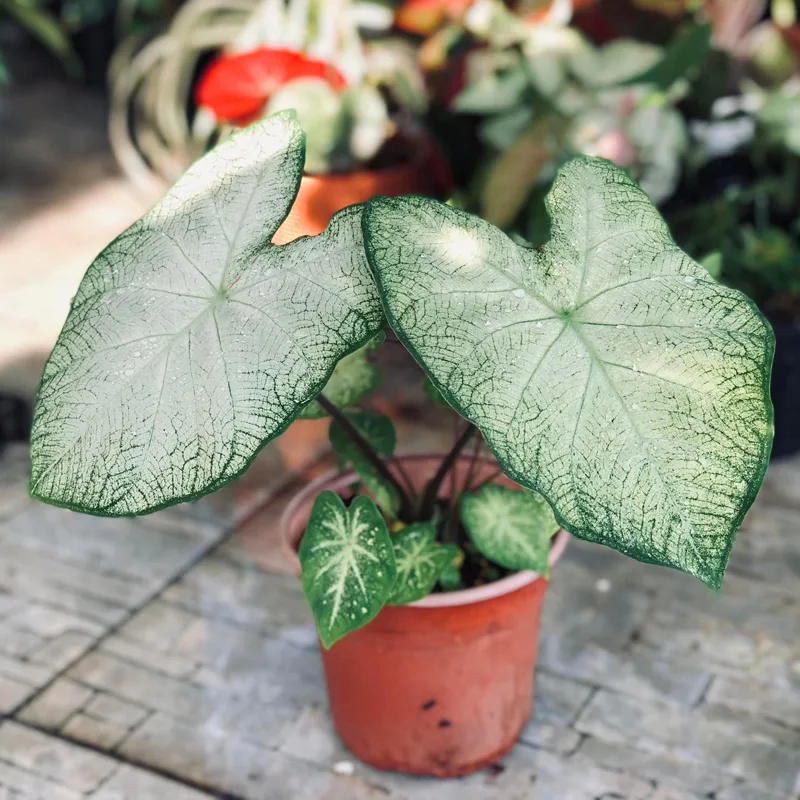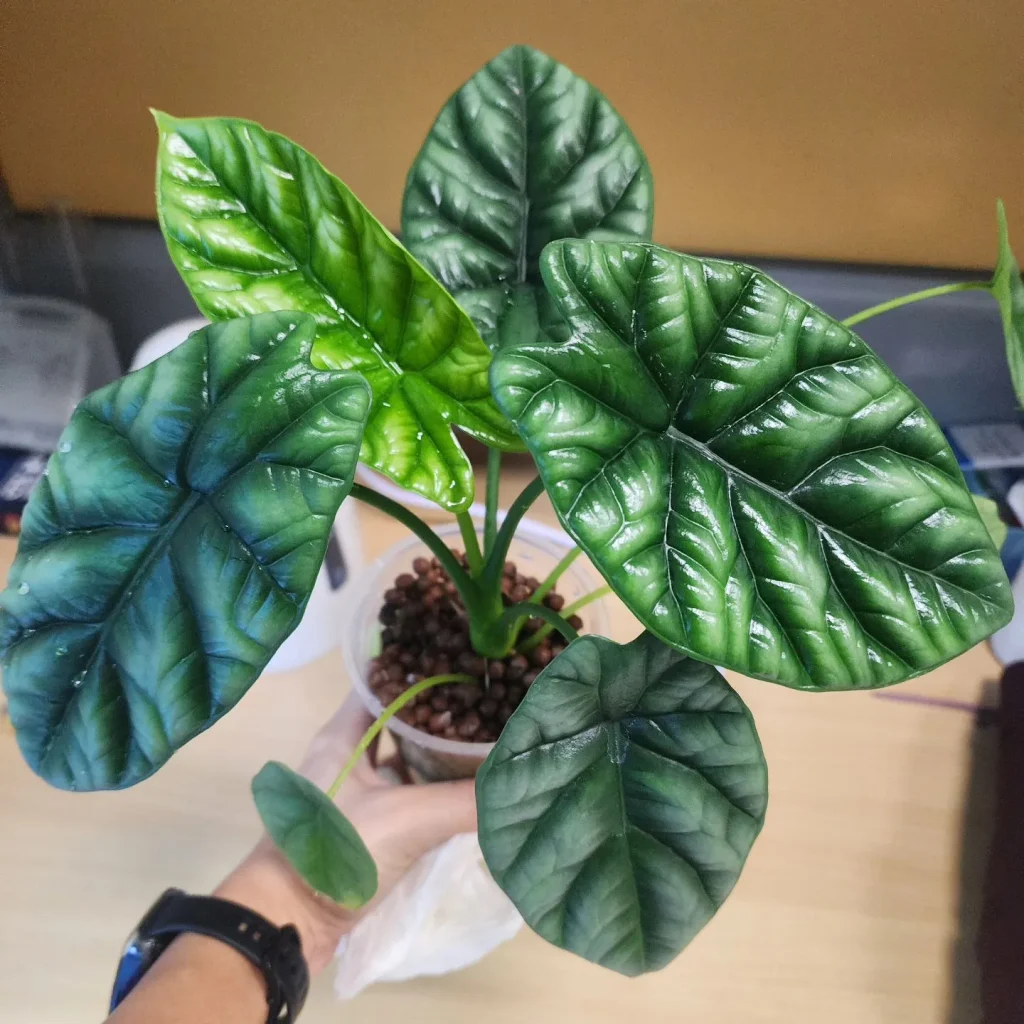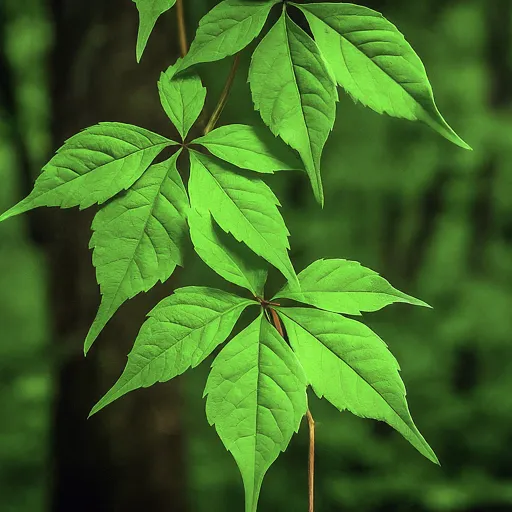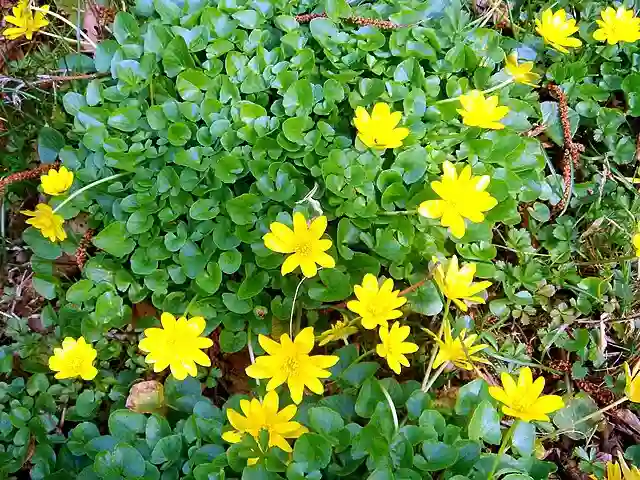Fine Wine Weigela: A Showstopper in My Garden
There’s a reason they call it Fine Wine Weigela. This shrub isn’t just about the beautiful, hot pink blooms that erupt in spring. It’s the foliage that truly steals the show. A deep, rich burgundy, the leaves unfurl early, setting the stage for the vibrant flowers. Even after the blooms fade, the foliage continues to provide a stunning backdrop in the garden.
For me, it was love at first sight. I stumbled upon the Fine Wine Weigela at a local nursery, its dark, almost purple leaves catching my eye. The delicate pink flowers were a delightful surprise, a perfect counterpoint to the intense foliage. It felt like a plant that demanded attention, and I knew I had to have it in my garden.
10 Species in Genus Weigela
What Makes Fine Wine Weigela Special?
Beyond its captivating looks, the Fine Wine Weigela boasts several qualities that make it a gardener’s dream. Here’s why I fell for this shrub:
- Double Bloom Power: One flush of pink flowers in spring isn’t enough for the Fine Wine Weigela. With a little mid-summer pruning, you can encourage a second round of blooms, extending the flower show well into the warmer months.
- Low-Maintenance Beauty: This shrub isn’t fussy. It thrives in full sun but tolerates partial shade as well. While regular watering is essential, especially during hot, dry spells, it’s otherwise a low-maintenance plant.
- Compact Habit: The Fine Wine Weigela grows to a manageable size, making it perfect for smaller gardens or planting in containers. It typically reaches a height of 3-4 feet and a spread of 3-5 feet, offering a pop of color without overwhelming the space.
- Deer Resistant: This was a major selling point for me. Deer can wreak havoc on a garden, but the Fine Wine Weigela leaves them uninterested.
- Attracts Pollinators: The bright pink flowers are a magnet for hummingbirds and butterflies, adding a touch of life and movement to your garden.
Fine Wine vs Spilled Wine Weigela
I find that the Fine Wine Weigela’s deep, burgundy foliage really stands out in my garden, giving a rich contrast to my other plants, while the Spilled Wine Weigela variety’s more varied color palette adds an intriguing touch of subtlety.
Weigela Fine Wine vs Wine and Roses
Between Fine Wine and Wine and Roses Weigelas, I prefer the Fine Wine for its more uniform, dramatic dark leaves, whereas the Wine and Roses offers a bit more variety with its mix of pink and burgundy tones, which adds a bit of lively contrast to my garden beds.
How to Care for Fine Wine Weigela?
Planting and caring for the Fine Wine Weigela is straightforward. Here are some key tips to ensure it thrives in your garden:
- Planting: Choose a location that receives at least 6 hours of sunlight daily for best flowering. Well-drained soil is crucial. Amend the planting hole with compost or organic matter for optimal drainage and nutrient retention.
- Watering: Water regularly, especially during the first year after planting and during extended dry periods. Aim to keep the soil consistently moist but not soggy.
- Pruning: Prune lightly after the spring flowers fade to encourage a second bloom. You can also prune for shape in late winter or early spring before new growth emerges.
- Fertilizing: A balanced fertilizer applied once a year in early spring is sufficient.
Where to Buy Fine Wine Weigela?
Finding a Fine Wine Weigela shouldn’t be too difficult. It’s a popular variety and is readily available at many nurseries and garden centers. You can also find it online from reputable plant retailers.
Will Fine Wine Weigela Grow in Low Sunlight?
The Fine Wine Weigela prefers full sun for optimal flowering. However, it can tolerate partial shade, receiving around 4-6 hours of direct sunlight daily. While you might see fewer flowers in low-light conditions, the dramatic foliage will still be a standout feature in your garden.
What to Plant with Fine Wine Weigela?
The Fine Wine Weigela’s bold foliage and vibrant flowers pair well with a variety of plants. Here are a few ideas:
- Companion Shrubs: Consider low-growing evergreens like dwarf hollies or boxwoods for a textural contrast. You can also plant other flowering shrubs like lilac or spirea for a colorful display.
- Perennials: Blue perennials like catmint or lavender complement the pink flowers nicely. White perennials like hostas or coral bells create a calming contrast against the dark foliage.
- Ornamental Grasses: For added texture and movement, try planting ornamental grasses like feather reed grass or blue fescue near the Fine Wine Weigela.
With its stunning looks and easy-going nature, the Fine Wine Weigela is a surefire winner for any garden. So why not add a touch of sophisticated elegance to your outdoor space with this captivating shrub?
If i die, water my plants!



